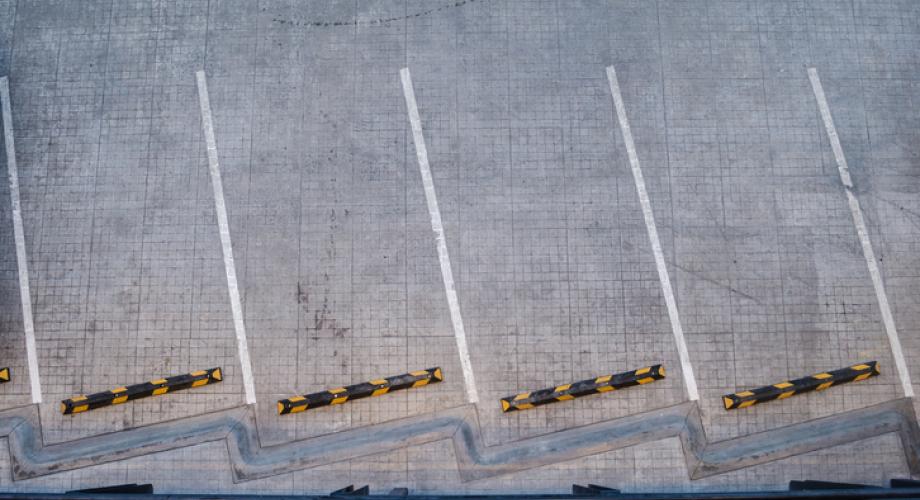Q: I have an opportunity to buy a small power snake for cleaning out kitchen and bathroom drains. At the rate my residents block their drains, it should pay for itself in no time! Is this a good idea?
A: We understand that almost any excuse is a good reason to buy a power tool! However, most bathroom and kitchen drains can be cleared with a three-foot hand snake. The tub or shower typically will have a hair stoppage just past the tub shoe and the bathroom sink will have a toothpaste and hair stoppage in the trap before the wall. The kitchen sink typically will be stopped on the garbage disposal side because of improper usage of the disposer. If both sides of the kitchen sink are blocked, then it may be necessary to use the power snake.
Power snakes can be very dangerous. Most operate with a ¼- to ½-horse motor, which packs quite a punch, especially if your finger or arm gets caught! If you buy this snake, we highly recommend that you get training on how to use the machine. Power-drain cleaning is an “art” when done well. Knowing the difference between hitting and clearing the stoppage and when the snake is snagged comes with experience. The cost to repair a broken snake cable in your drain system will be far more than what it costs to simply hire an experienced plumber. Another thought: Most kitchen stoppages are caused by grease. Your snake will only temporarily clear the stoppage. Hiring a company to “hydro-jet” your drains once a year may help cure your chronic grease stoppages. We recommend doing a mainline drain maintenance each year just before the winter holidays.
Q: I have a parking area at my building with concrete bumper stoppers. The problem is that the bumpers move when they are touched by the cars. How do I attach them to the parking lot?
A: If you have an asphalt parking lot, it is quite easy. Most concrete bumper stoppers have two holes that go through from top to bottom. These holes are the right size to fit a piece of half-inch rebar rod. Pick up two 12- to 18-inch rebar pieces for each stopper. Place the rebar through the holes in the stopper and then use a sledgehammer and pound the rebar into the asphalt. If your parking area is concrete, use a hammer drill with a ½-inch concrete bit to drill a hole in the concrete. Use your existing parking bumper as a guide. Either drill downward through the holes in the bumper stop to the concrete below or use powdered chalk poured down through the bumper stop’s holes to mark the concrete. Then, drill through the concrete until you hit dirt. Hammer your rebar into the bumper and concrete. If the fit is loose, pour some concrete into the parking lot holes and then insert the rods.
If you would like to see your maintenance question in the “Dear Maintenance Men:” column, please send questions.
